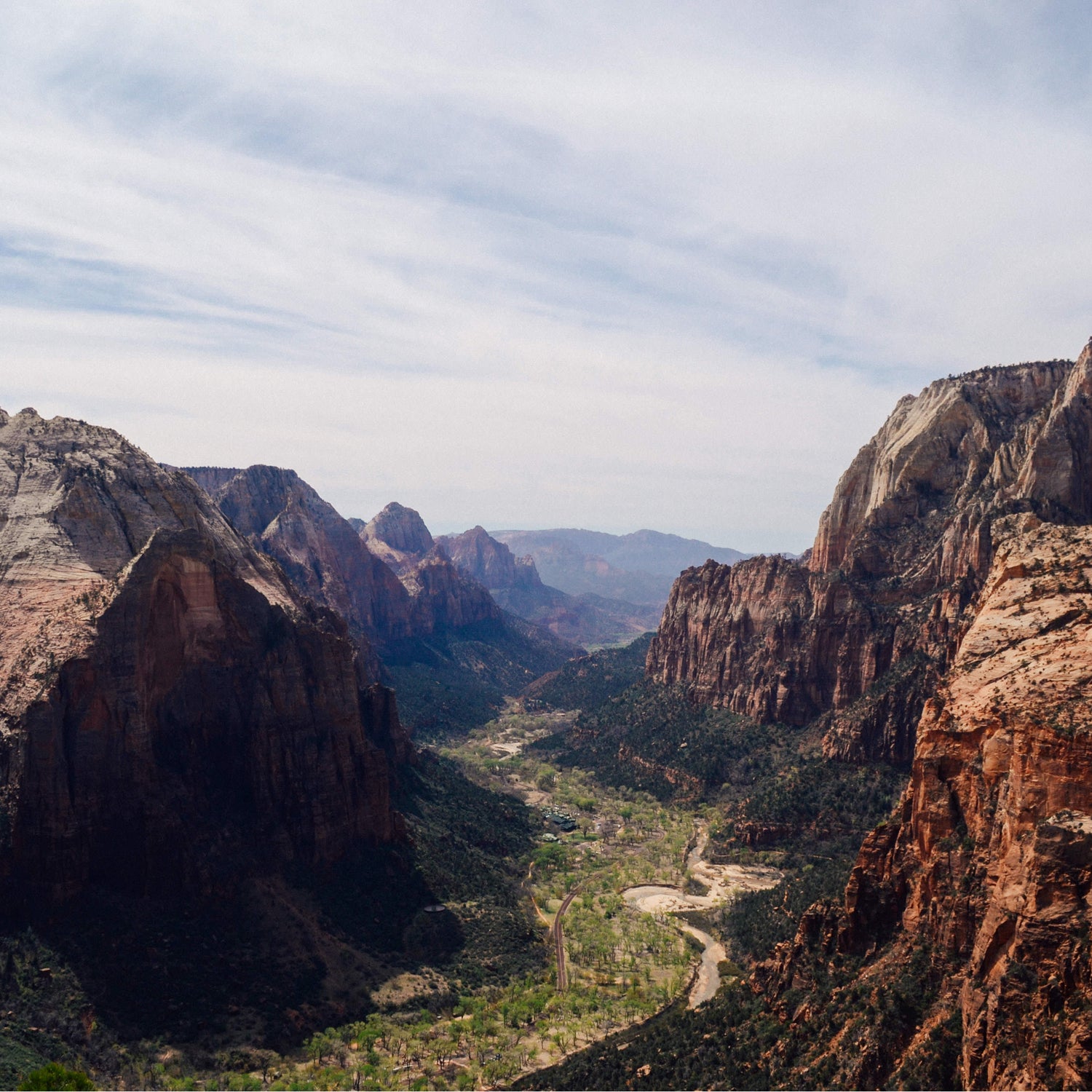The Web can be a cluttered place, but we're here to make it better.��Every week, we'll pick only the best stuff and give you the rundown on what you should be reading, watching, listening to, and then some. This week we celebrate the National Park Service's centennial with a collection of stunning photographs,��historical��artifacts, and the written word.
Words
Writers on their Parks
This June, the New York Times’ “My National Park” series invited five writers to muse on their favorite national parks. The result is a set of poignant memories that show just how big an impact our parks can have on each of us, personally. In one , poet Patricia Lockwood writes:
The first impressions lay just beyond language: bands of color, so many and varied that color no longer seemed to mean anything, and dusty as if left on the bottom shelf. Everyone came, each eye like a stack of dimes, paying out 10 cents for that postcard, and that one, and that one.
Summer Reading
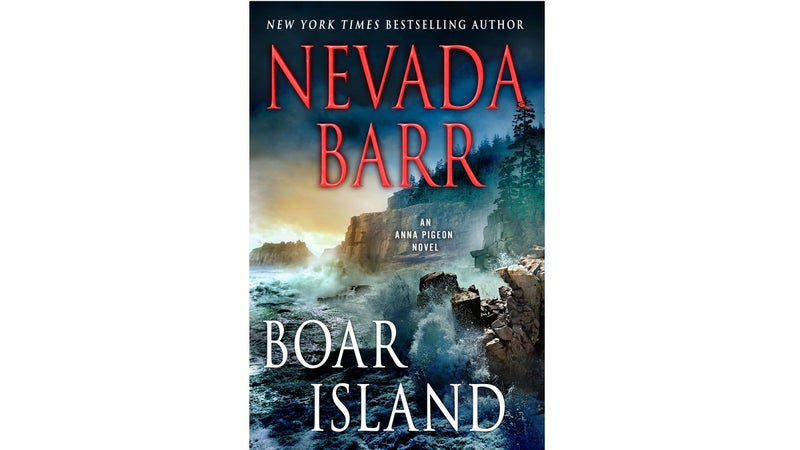
For sheer summer relaxation, not much can compete with settling into a pool chair and cracking open a good mystery novel. , the latest in Nevada Barr’s series of detective novels set in various national parks, brings the rugged beauty of Maine’s Acadia National Park to life��poolside.
History
Gathering Place
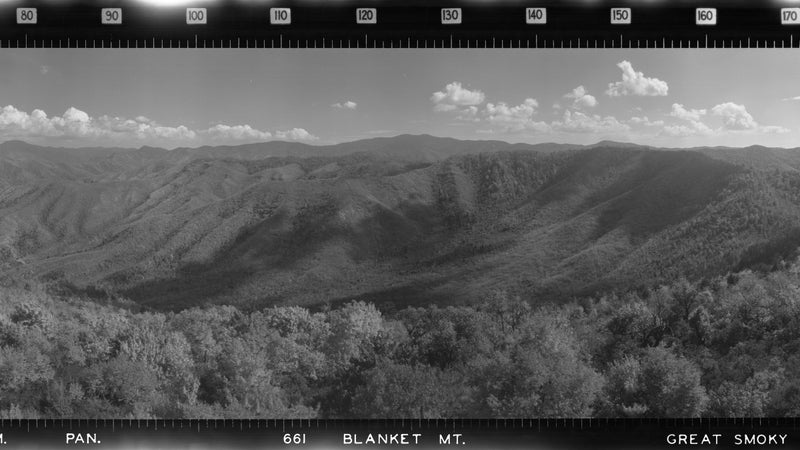
History buffs rejoice! Just last week, Clemson University and the National Park Service released the , a growing digital archive of more than 100,000 high-resolution images from 20 different parks. But don’t think it’s just black and white photos (though there are plenty of those). You’ll also find Civilian Conservation Corps engineering plans, Civil War maps, newspaper illustrations, and much more.
The Spoken Word
If you prefer to get your dose of history through your headphones, be sure to check out the Association of National Park Rangers’ , which features choice samples from the nearly 60 interviews conducted with longtime Park Service employees.
Photography
On the Road
Follow along with photographer Jonathan Irish as he shoots his way through all . Next Up? The South Pacific paradise that is American Samoa National Park.����
No One Better
Speaking of photographing our national parks, no one did it better than Ansel Adams. And his love affair with America’s Best Idea is well documented with . The 344-page hardcover, released in 2010, features more than 200 photographs, many of which were previously unpublished.��
In Case You Missed it
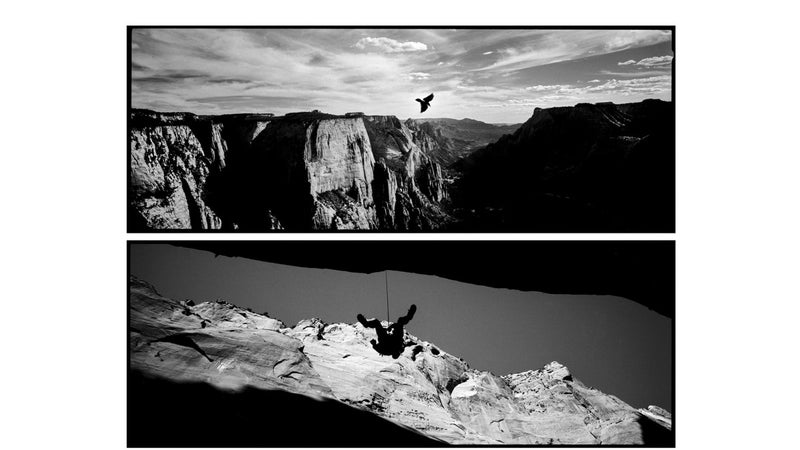
Back in March, we ran a gallery of back-and-white photographs��from Benjamin Rusnak’s stint as artist-in-residence at Zion National Park. The series explores the Park Service’s dual mission of conservation and recreation by juxtaposing natural panoramas against humanity’s interaction with the land.
Weekend Reading from ���ϳԹ���
No Love Lost
There’s never been a better time to dive into our recent “100 Reasons to Love the National Parks”��feature which includes everything from biking down a volcano to this collection of retro travel posters. ��
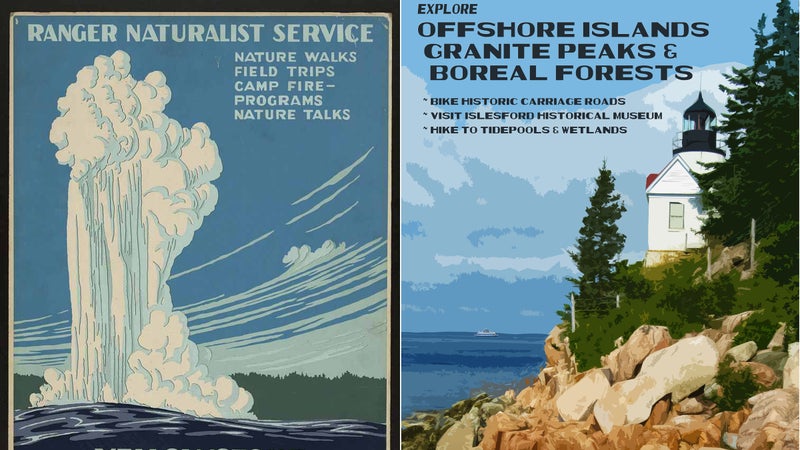
And if that’s not enough to get you through the weekend, be sure to check out these�����ϳԹ��� pieces:
Out of Bounds: The Death of 832f, Yellowstone’s Most Famous Wolf
When an unidentified hunter took out an alpha wolf that has long been a favorite of park tourists and an important part of ongoing research, he unwittingly drew many once-casual observers into a contentious battle between wildlife management, scientists, and hunting advocates
Why Female River Guides Aren’t Welcome in the Grand Canyon
Last winter, a federal government report acknowledged a long-standing pattern of sexual harassment against female river guides employed by the National Park Service in the Grand Canyon. But no official account can capture the day-to-day realities of that harmful environment. Here, three former Park Service river guides recount what they endured, and discuss what needs to change.
Weekend Reading from Elsewhere
On the Edge
Former ���ϳԹ��� senior editor Kevin Fedarko writes of a 650-mile thru-hike��of Grand Canyon and the danger development poses to the park for the September issue of National Geographic.
“The successful campaign to stop those dams, spearheaded by the Sierra Club during the 1960s, established the idea that the Grand Canyon is inviolable. And yet Pete and I had heard about a range of new proposals—many of them driven by savvy entrepreneurs operating just outside the canyon’s boundaries in areas that were controlled not by the National Park Service but by the U.S. Forest Service or one of the five Native American tribes whose federally recognized reservations are located around the canyon. From every point of the compass, threats ranging from colossal tourist developments and unlimited helicopter tours to uranium mining were poised to spoil one of the world’s premier parks.”
.
��


